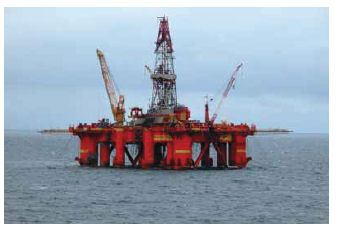Welltec has come up with small robotic devices that are capable of performing diverse maintenance and intervention tasks at oil wells.
 Robotic Well Intervention device from Welltec
Robotic Well Intervention device from Welltec
These robots can be lowered into a desired location of the well with the help of production tubing. Using robots for well interventions is a much cheaper and an easier alternative to other methods such as coiled tubing or workovers. Welltec estimates that the majority of the work done by the well worker can be done on a wire line using robotic methods. The founder of Welltec, Jorgen Hallundbaeck explained that the robotic devices come with triple safety barriers with the option of deserting the device at any point. He added that the robot is a comprehensive package that is less bulky than other equipment.
Conducting regular well interventions is important for maintaining good performance of the well. Hallundbaeck explained that a well that has been running for three years accumulates a lot of scales and is affected by corrosion due to gas and water. With wireline intervention methods coming at reasonable prices, more and more oil wells are being maintained by performing regular interventions. He listed many advantages of interventions, such as reduction of hydrogen sulphide in the water, need for pumping and artificial lifting is reduced with increased energy saving. The robotic systems are cost- effective, according to Hallundbaeck and are less cumbersome to deploy. Welltec’s robotic tools have mainly been used for the removal of scales deposited on the safety valves. In addition to scale removal they have also been used for jobs such as re-perforating, straddle packers and set plugs.
The robotic tools can also be used in shale gas for ensuring that the fracturing fluids do not contaminate ground water. These tools are able to work at the subsea level without the help of a riser and do not interfere with the production processes. Welltec advices oil companies to invest in making simple wells, which can be upgraded for future requirements. Hallundbaeck supported the advice by saying that the requirements keep changing and the knowledge keeps multiplying, therefore, improvements to the wells can be made based on the requirements at that stage.